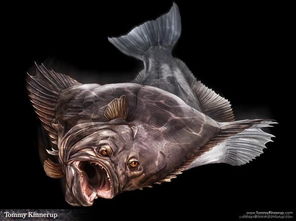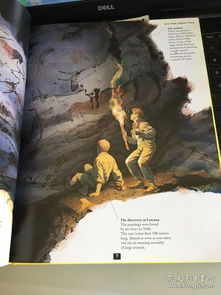Content:
Bridge fishing, an activity that combines the tranquility of nature with the thrill of catching fish, has been gaining popularity among anglers worldwide. With its unique challenges and opportunities, mastering the art of bridge fishing requires a blend of skill, patience, and a deep understanding of the environment. In this article, we will explore the essential tips and techniques to help you become a proficient bridge fisherman.
Choose the Right Bridge
The first step in bridge fishing success is selecting the perfect location. Look for a bridge that offers easy access, a variety of fish species, and a stable fishing platform. Consider the following factors when choosing a bridge:
a. Fish Species: Research the types of fish that inhabit the waterbody below the bridge. Some species may be more abundant in certain areas, while others may require specific conditions.
b. Accessibility: Choose a bridge that is easily accessible, both in terms of driving and walking. This will make it more convenient for you to spend extended periods fishing.
c. Stability: Ensure that the bridge provides a stable and secure platform for fishing. Avoid bridges with uneven surfaces or strong currents that may hinder your casting and fishing efforts.
Prepare Your Gear
To maximize your chances of success, it's crucial to have the right gear for bridge fishing. Here are some essential items to consider:
a. Rod and Reel: Select a rod and reel that suit the type of fish you're targeting. A medium-action rod with a spinning reel is a versatile choice for most bridge fishing scenarios.
b. Line: Use a monofilament line that matches the weight and strength of your lure or bait. For smaller fish, a 4-6-pound test line is suitable, while larger fish may require a heavier line.
c. Lures and Bait: Experiment with various lures and baits to determine what works best in your chosen location. Soft plastics, spinnerbaits, and live bait are popular choices for bridge fishing.
d. Tackle Box: Keep a well-organized tackle box with a variety of hooks, swivels, split rings, and other accessories to ensure you're prepared for any situation.
Master the Cast
A precise and accurate cast is essential for successful bridge fishing. Practice the following techniques to improve your casting abilities:
a. Pre-Cast: Position your rod at a 45-degree angle to the water, with the tip pointing slightly upstream. This will help you gain leverage and control during the cast.
b. Power Stroke: Use a smooth, controlled power stroke to propel the lure or bait into the water. Avoid sudden or jerky movements, as they can lead to inaccurate casts.
c. Practice: Spend time practicing your casting technique in a quiet area to become more comfortable and proficient.
Find the Sweet Spot
Identify the areas beneath the bridge where fish are most likely to congregate. These "sweet spots" can be found by observing the following:
a. Current Breaks: Fish often gather in areas where the current is slower, such as behind pillars or under the bridge's deck.
b. Structure: Look for submerged structures, such as rocks, logs, or debris, which can provide fish with cover and forage.
c. Vegetation: Areas with aquatic vegetation, such as submerged plants or weed beds, can be productive fishing spots.
Adjust Your Techniques
Bridge fishing requires adaptability, as conditions can change rapidly. Here are some tips to help you adjust your techniques:
a. Depth: Experiment with different depths by varying the weight of your lure or bait. Fish may be found at various depths, so it's essential to adjust accordingly.
b. Speed: Modify the speed of your retrieve or bait presentation to match the feeding behavior of the fish. Sometimes, a slower presentation can be more effective.

c. Timing: Pay attention to the time of day and season. Fish may be more active during certain times, such as early morning or evening.
Be Patient and Observant
Bridge fishing requires patience and a keen eye for detail. Spend time observing the water and fish behavior to gain valuable insights. Here are some tips to help you become more observant:
a. Study the Water: Take note of the water's clarity, color, and flow. These factors can influence fish behavior and the types of lures or baits that work best.
b. Watch for Fish Activity: Look for signs of fish activity, such as surface disturbances, boils, or jumping. These may indicate the presence of fish in the area.
c. Learn from Mistakes: Analyze your successes and failures to identify patterns and improve your technique.
In conclusion, mastering the art of bridge fishing requires a combination of skill, patience, and a deep understanding of the environment. By following these tips and techniques, you'll be well on your way to becoming a proficient bridge fisherman and enjoying the many rewards that this unique fishing experience has to offer.












